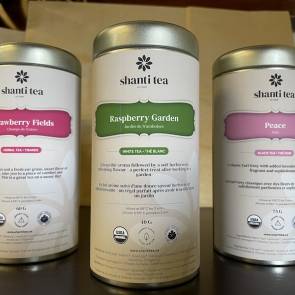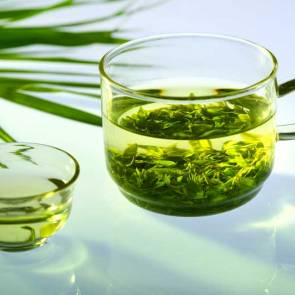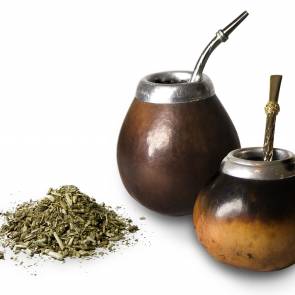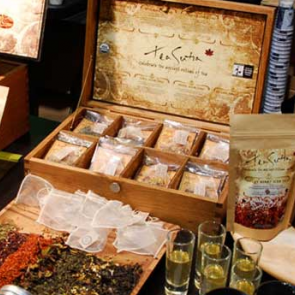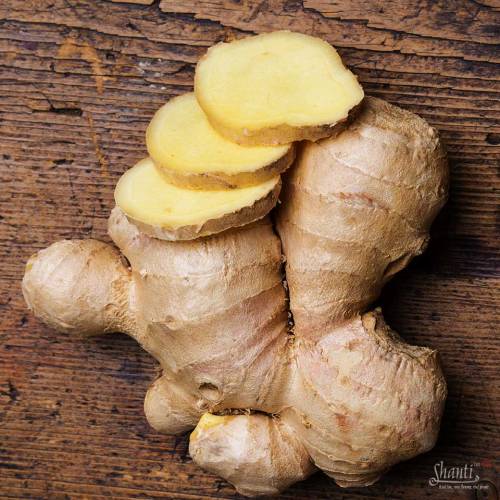
Ginger
Latin: Zingiber officinale. Ginger is in the same family as turmeric, cardamom and galangal.
The history of ginger in food and health is long and diverse. It was used as a tea, the fresh root grated and infused in boiling water for 15 minutes to treat ailments such as bronchitis, colds, congestion, fatigue, cramps, cold hands and feet and digestive issues. It was also considered to be an aphrodisiac. In addition to the health benefits, ginger also has a rich culinary and folklore history.
Health
There are many potential benefits of consuming ginger root, read 10 of those below:
- Fights infections: Gingerol can help lower the risk of infections and obstruct the growth of many different types of bacteria.
- Great for teeth! The properties which help ginger root fight infections is also linked to combatting gingivitis and periodontitis.
- Lowers cholesterol: Ginger is heart healthy! It has been linked to lowering cholesterol levels in some studies.
- Eases muscle pain: With continued use, ginger has shown to relieve muscle pain related to exercise.
- Anti-inflammatory: Due to the compound gingerol, ginger offers anti-inflammatory benefits. This may also help with osteoarthritis.
- Antioxidants: Also due to gingerol, ginger offers an abundance of antioxidants.
- Treats against nausea: Ginger has long been said to relieve nausea and is especially useful during pregnancy to relieve morning sickness. It may also relieve nausea and vomiting after surgery and/or after chemotherapy treatments.
- Lowers blood sugar: In recent studies, ginger tea has shown to reduce blood sugar levels.
- Good for the digestive system: It appears to speed up the digestive process by aiding in emptying the stomach, which is especially helpful for indigestion.
- Relieves menstrual cramps: Some studies showed that it was as effective at relieving the pain of menstrual cramps as ibuprofen.
History
It’s documented history is as old as tea! The use of ginger dates back at least 5000 years.
It was used in medicine to treat various ailments in China and India. It is thought to have originated in India, but more broadly it has been accepted that ginger originated in Southern Asia. One of the earliest medical books in China references ginger, Nong Cao Jing, written in approximately 2000 BCE.
Arab traders brought ginger to the Mediterranean around 2000 years ago, brought from India across the Red Sea. The trade began with Greek and Roman civilizations, and the fall of Rome brought a drought of ginger root to most of Europe.
In the 11th century, Europe rediscovered ginger and by the 14th century, ginger was the second most popular spice – black pepper being the first. Queen Elizabeth I - she was so fond of ginger, and is given credit for gingerbread men!
Ginger travelled to the New World with Spanish conquers at first, but as Western Europeans travelled the world, they brought ginger with them. Ginger is now grown in tropical climates around the world, but China and India remain the largest producers.
Culinary
The uses of ginger in food are versatile and diverse. Prepare sweet, savoury or salty dishes, we recommend using fresh ginger in cooking for a more vibrant flavour.
Ginger pairs well with a variety of fruits, it’s a great addition to breads (e.g. spiced banana bread anyone?), in sweet dishes like cakes, pies, pudding, fruit cake, and of course, gingerbread. It pairs wonderfully with meats, a must in many curries, an amazing anti-flu soup, ginger ale and of course, tea. Some people eat ginger alone in the form of candied ginger or pickled ginger, often found in sushi restaurants.
Add fresh, ground or cut ginger to a wide variety of dishes for an extra kick and a zesty flavour. Let us know your favourites in the comments!





